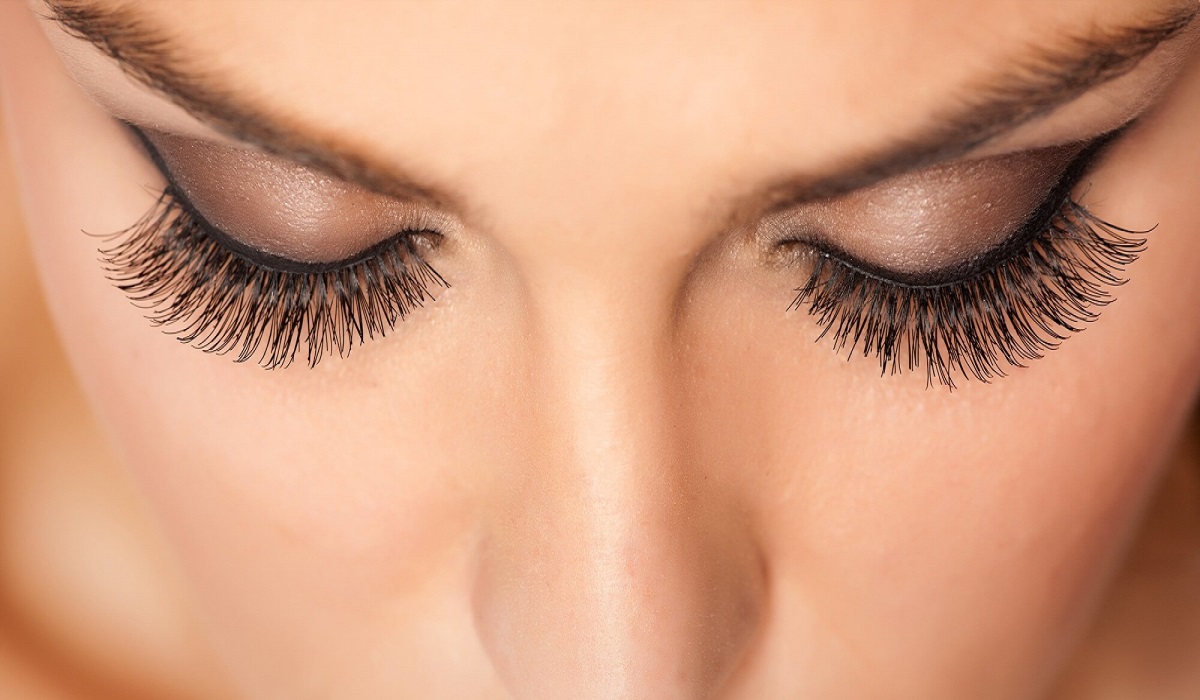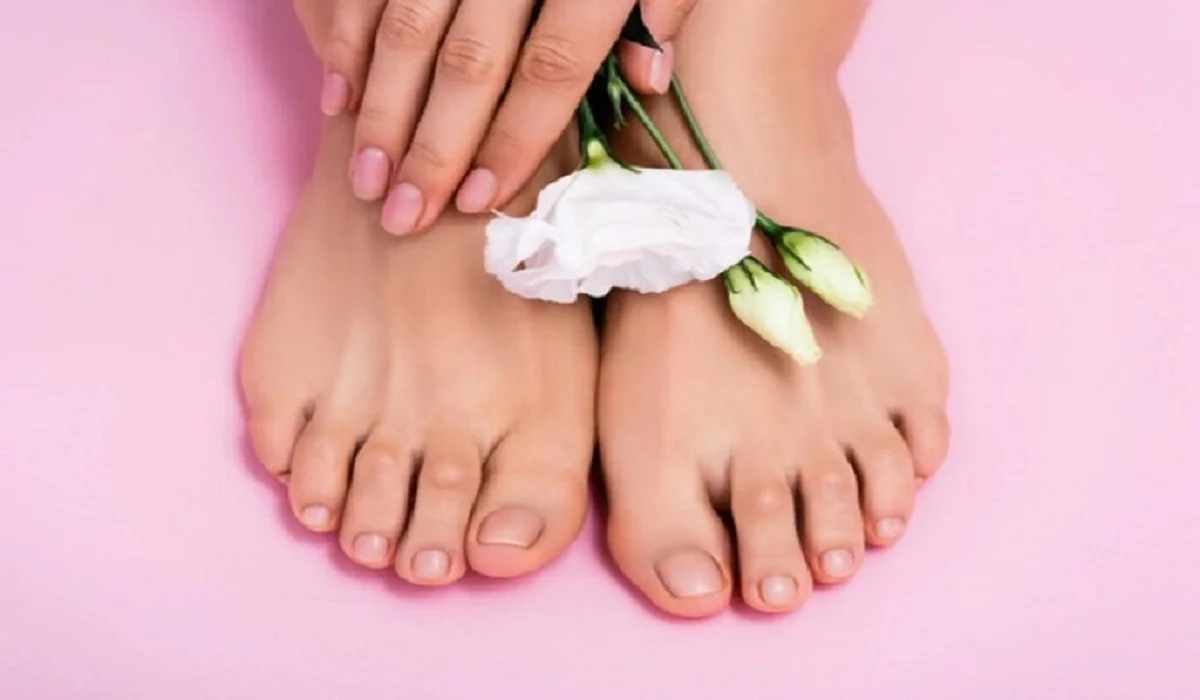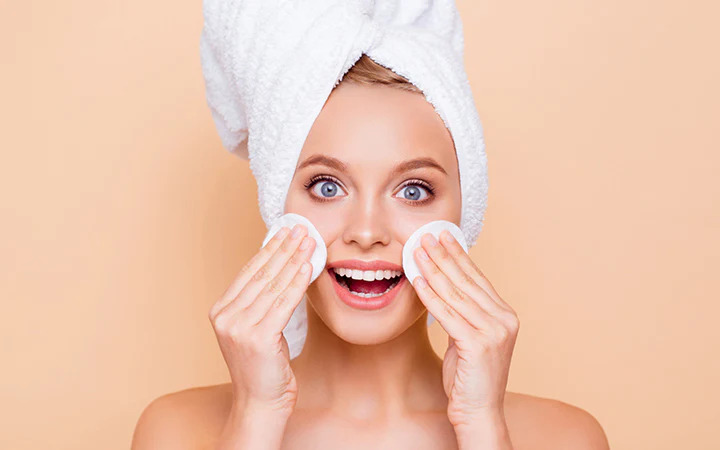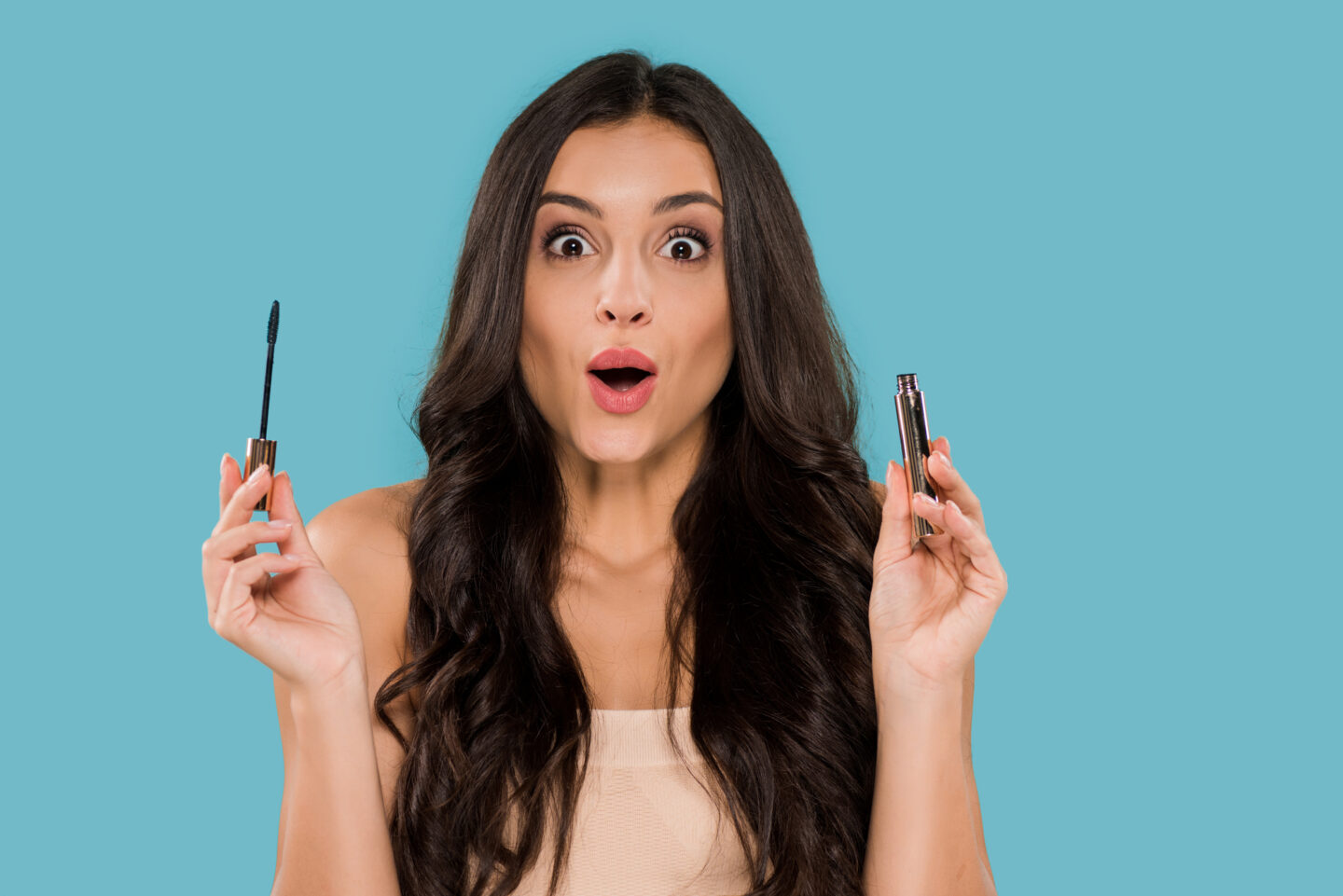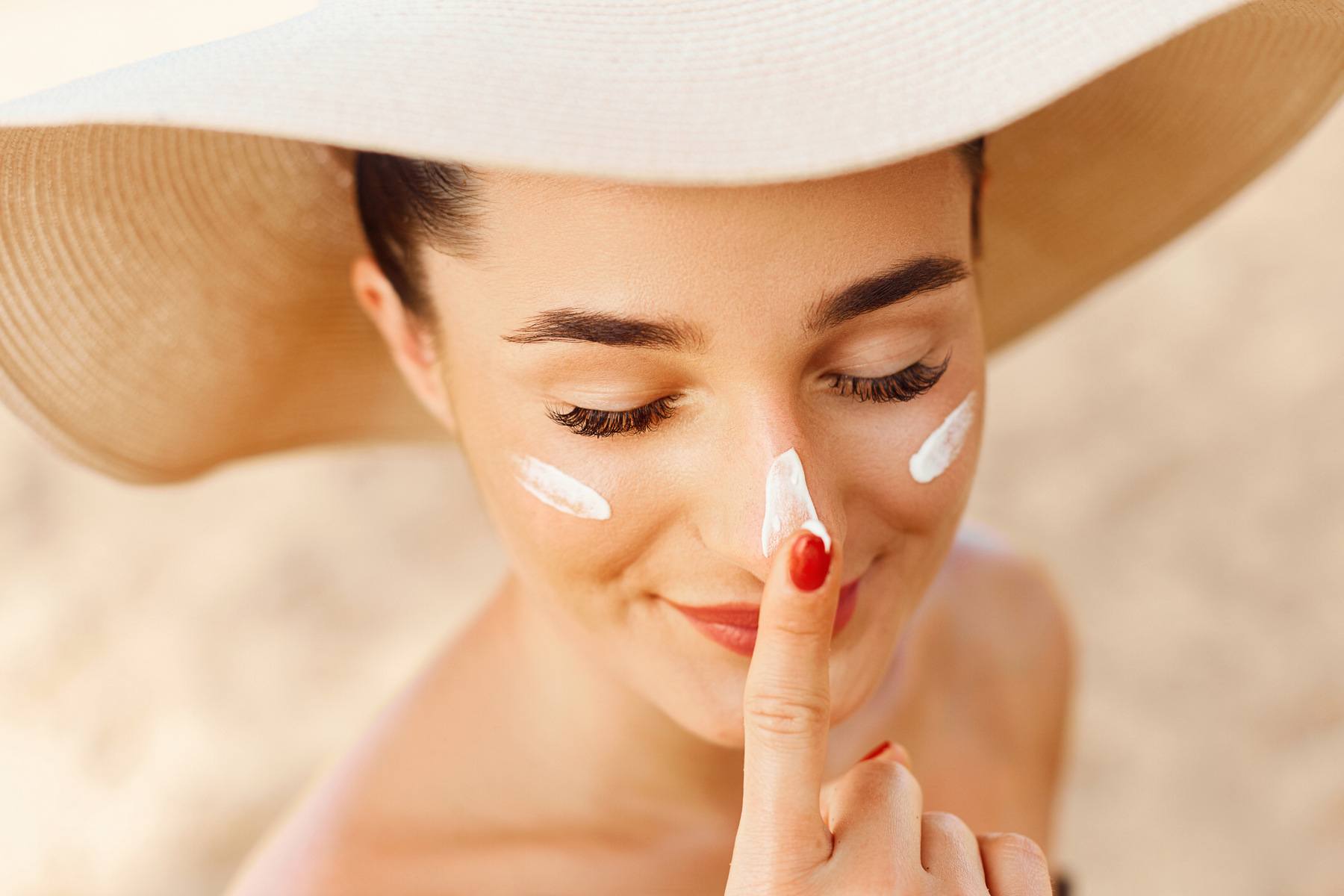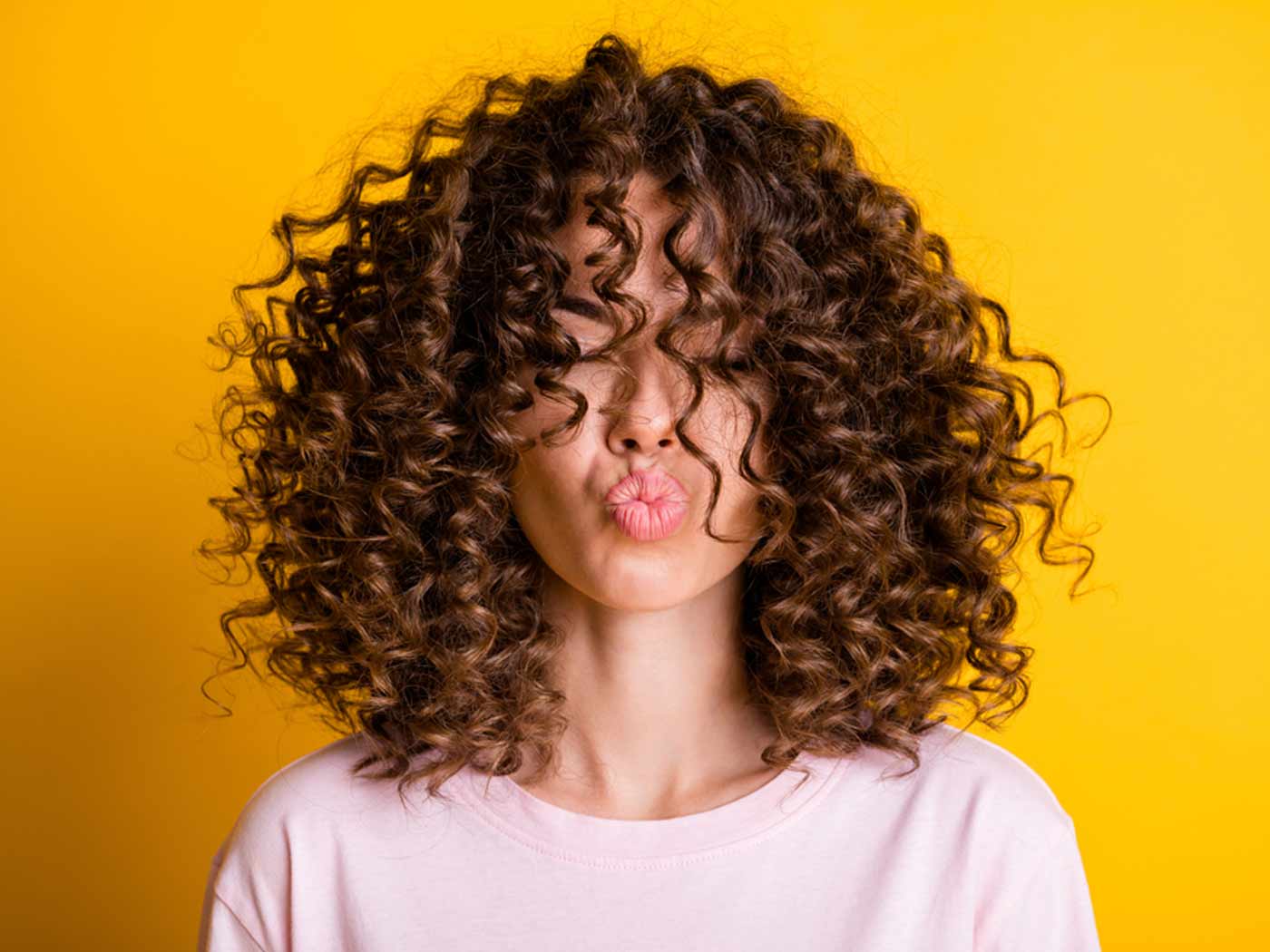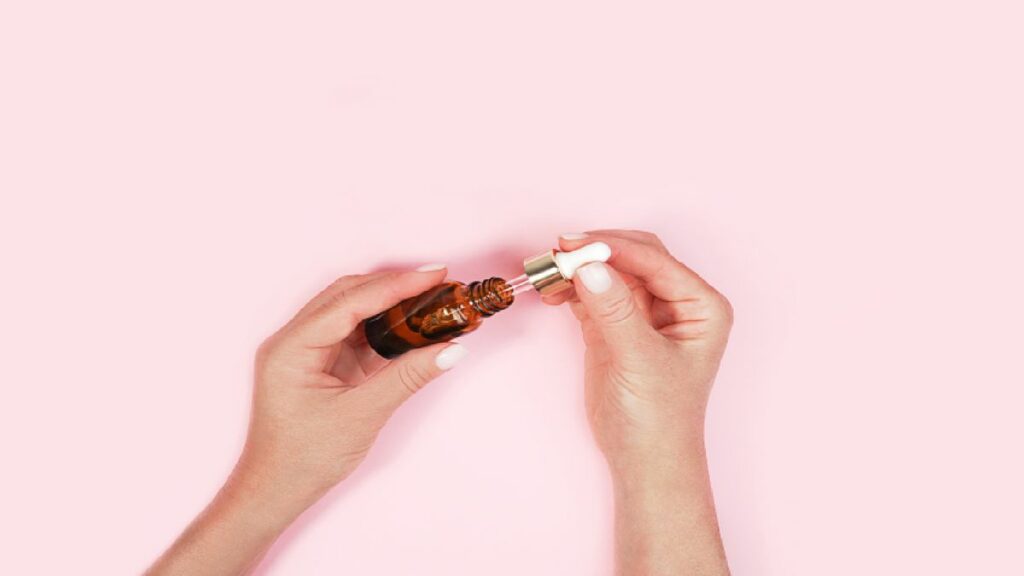
Niacinamide (Vitamin B3) stands out in skincare as one of its standout performers; this comprehensive guide seeks to decode its many mysteries while exploring its origins, scientific basis and practical tips for using it effectively in skincare regimens to unlock all its full potential.
Chapter 1 : Understanding Niacinamide
Niacinamide Defined
Niacinamide, the water-soluble form of Vitamin B3, is an amazing ingredient with numerous advantages for skin health and appearance. Unlike its predecessor niacin, which could irritate sensitive skin types, niacinamide offers many non-irritant benefits that could make this powerhouse ingredient ideal for all kinds of complexions.
Sources of Niacinamide
Niacinamide can be obtained in numerous natural and synthetic sources, from meat, fish, nuts and green vegetables to skincare formulations. Natural sources typically consist of meat and fish while its synthetic form can often be seen used for skincare formulations.
Chapter 2 : Science Behind Niacinamide
Niacinamide’s Mode of Action
Understanding how niacinamide functions at its molecular core is crucial to comprehend its impact on skin. Niacinamide acts as an intermediary in activating essential coenzymes such as NAD and NADP which play an integral role in energy production and repair mechanisms in cells.
Benefits to Skin Barrier
Niacinamide has earned widespread renown for its ability to strengthen skin’s natural barrier function by stimulating ceramide production and supporting an adequate lipid profile, effectively helping prevent moisture loss while keeping its integrity.
Chapter 3: Niacinamide Offers Multiple Advantages
Niacinamide’s brightening effects cannot be overstated: from hyperpigmentation and uneven skin tone issues to melanin production suppression resulting in brighter complexions.
Niacinamide’s Anti-Aging Properties Niacinamide acts as an antioxidant to fight off free radical damage to skin from environmental elements and help smoother, younger-looking skin by combatting oxidative stress. Furthermore, it assists in the reduction of fine lines and wrinkles to promote smoother and younger-looking complexion.
Niacinamide Can Help Manage Acne Niacinamide’s anti-inflammatory properties make niacinamide an invaluable weapon when dealing with acne concerns, helping regulate sebum production while decreasing excess oiliness and avoiding pore blockages – contributing greatly towards its use for acne management.
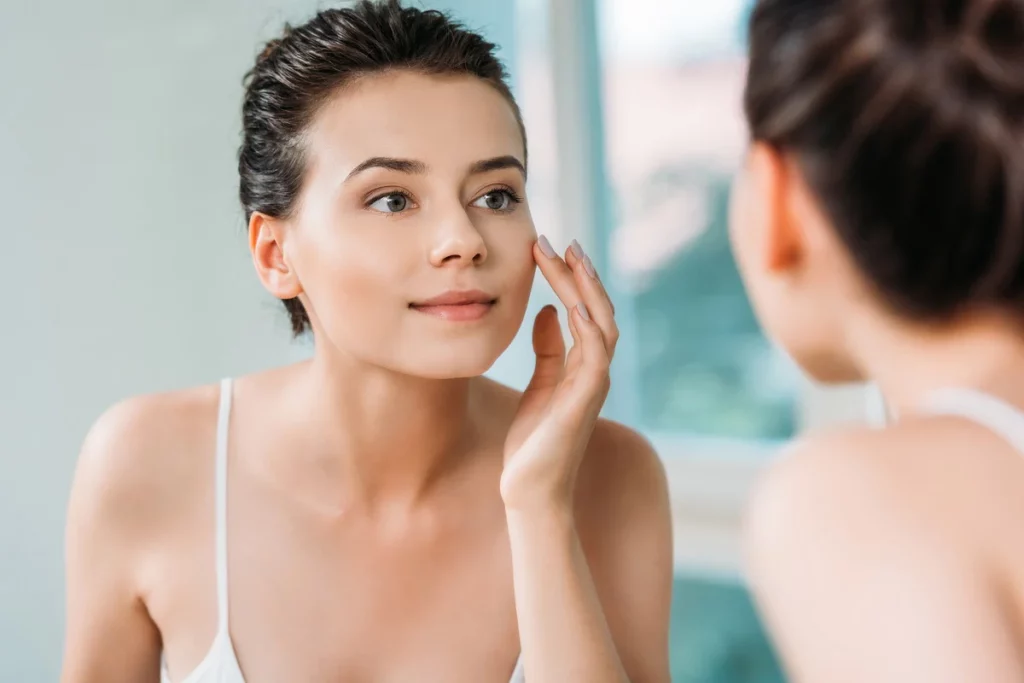
Chapter 4: Selecting an Appropriate Niacinamide Product
Niacinamide comes in different concentrations to meet specific skin care needs; selecting one depends on individual preferences. Lower concentrations (around 2-5%) may be suitable for newcomers while higher doses (10% or greater) could address more targeted concerns.
Niacinamide comes in various formulations from serums to creams; lightweight serums work great for layering while rich creams offer nourishment for those with dry skin.
Chapter 5: Integrating Niacinamide Into Your Skincare Routine
Understanding Layering Techniques Niacinamide should play an integral part of your skincare regime, typically after cleansing and before heavier creams or sunscreens are applied. Pairing it with complementary ingredients enhances its effectiveness further.
Niacinamide can easily fit into daily skin care regimes. Integrating it both morning and evening routines ensures consistent benefits, whether your goal is brighter skin or treating specific concerns.
Chapter 6: Addressing Concerns and Misconceptions
Niacinamide is generally well tolerated; however, some individuals may experience mild irritation. Patch testing a new product and gradually adding it into your routine is one effective strategy for mitigating potential side effects of taking Niacinamide.
Niacinamide (vitamin B3) stands out among skincare ingredients with transformative powers; therefore it deserves its place among our arsenal as one of the mainstays for healthier and radiant skin. When it comes to research-backed solutions that promise long-term benefits such as Niacinamide’s spectrum of advantages.
Niacinamide’s versatility as an acne treatment lies in its versatility; from fortifying skin barrier integrity and hyperpigmentation relief, to managing acne issues. When we explore its details further it becomes evident that its success stems not solely from anecdotal praise but is rather grounded scientific mechanisms.
Niacinamide offers many diverse advantages for skin health; understanding its sources, mechanisms of action and benefits will enable you to best leverage them for yourself. Niacinamide provides brightening effects while fighting signs of aging or managing other concerns with it being an invaluable ally.
Selecting an effective Niacinamide product and understanding its optimal concentration are critical steps towards realizing its full potential. Exploring its compatibility with other ingredients enriches the skincare experience further.
Niacinamide no longer simply plays the role of skincare ingredient but can serve as part of our journey toward skin wellness. From day to night and season to season as our needs for skincare change over time niacinamide will remain with us, providing your skin with all of its needs being fulfilled.
As it should be clear by now, harnessing the transformative powers of niacinamide requires much more than simply adopting another skincare trend; rather, its acceptance involves adopting an ingredient with scientific backing which works harmoniously with our bodies’ natural processes to bring forth positive change to skin care regimens. As part of your skincare journey, make niacinamide an indispensable part of your regimen; your skin will thank you!


